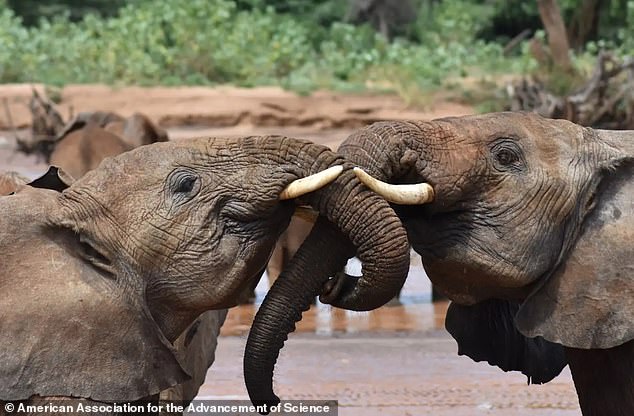Scientists have observed another human behavior among elephants: they call each other by name.
Researchers from Colorado State University (CSU) recorded 470 unique elephant noises in Kenya, capturing different noises and tones.
Using machine learning, the team discovered that the calls contained a unique melody depending on the elephant they were communicating with.
To test their theory that these noises corresponded to different names, the team played them to the herds and the named elephant responded by returning a noise or approaching the speaker.
The findings suggest that elephants may be capable of abstract thinking, making them much more socially complex mammals than previously thought.
Elephants communicate with each other by name, according to researchers at Colorado State University
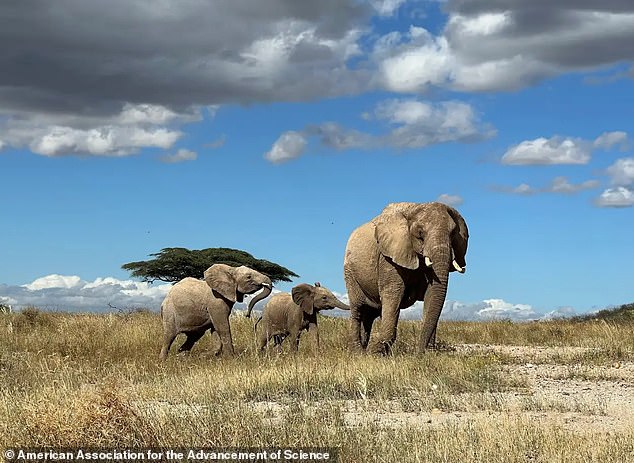
Researchers recorded 470 unique calls from elephants in Kenya that revealed their identity, age, sex and emotional state.
Lead author of the study, CSU’s Dr Michael Pardo, said: “Dolphins and parrots call each other by their ‘name’, imitating the recipient’s signature.
“In contrast, our data suggest that elephants do not rely on imitation of recipient calls to address others, which is more similar to the way human naming works.”
Previous research has found several ways in which elephants are similar to humans: the animals express compassion, cry, use tools, and raise their young for many years.
And the latest discovery places elephants as the third creature known to call each other by name.
The researchers recorded 101 individual elephants during their 14-month research in Samburu National Reserve and Amboseli National Park.
They used machine learning technology by playing the elephants’ calls to each other, to confirm that they were using names to get their attention.
The technology detected subtle differences in communication and acoustic structure to determine which elephant was being called.
Their calls conveyed a lot of information, including the caller’s identity, age, gender, emotional state, and behavioral context.
The team suspected that the animals were identifying each other, but to confirm their suspicions, they played back the recordings and confirmed that the elephants responded “vigorously” to the call directed at them.
“Our finding that elephants are not simply imitating the sound associated with the individual they call was the most intriguing,” said Kurt Fristrup, a research scientist at CSU’s Walter Scott, Jr. College of Engineering.
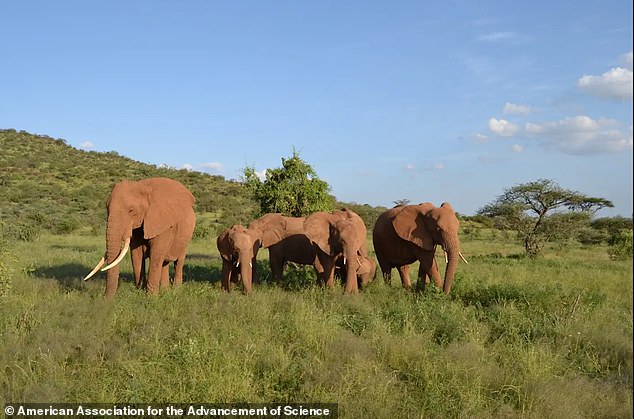
Researchers followed elephants for 14 months in Samburu National Reserve and Amboseli National Park, where they captured 101 individual elephants calling to each other.
“The ability to use arbitrary sound tags for other individuals suggests that other types of tags or descriptors may exist in elephant calls.”
The researchers said elephants are “expressive animals,” making it easy to read their reactions once they meet.
When the team played the elephants recordings of calls that were not directed at them, the animals did not react, showing that they recognized their names, the researchers said.
“They were probably temporarily confused by the playback, but eventually wrote it off as a strange event and went on with their lives,” said Pardo, who now works at Cornell University.
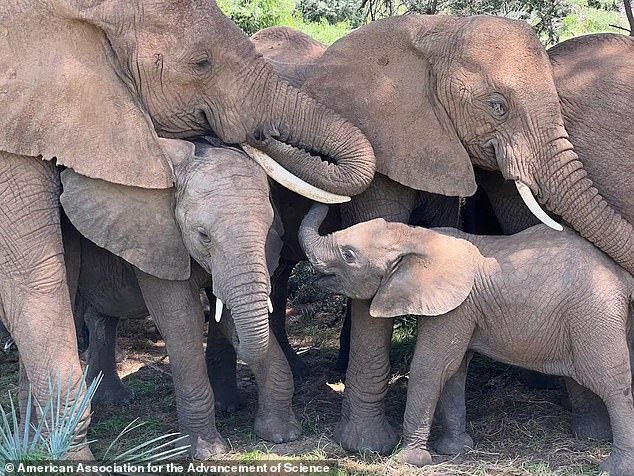
Elephants use trumpets and low dull sounds to communicate, including low-frequency sounds that the human ear cannot hear.
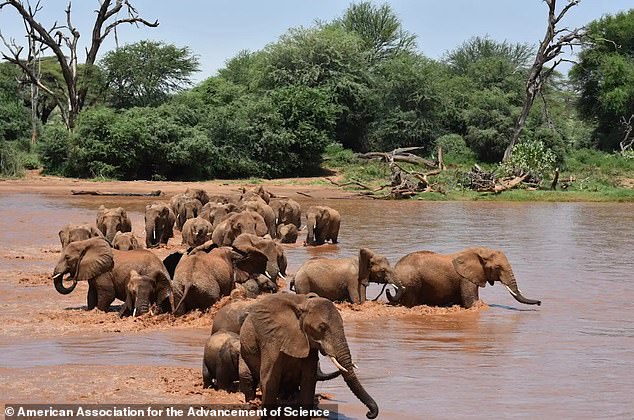
The researchers played back the recordings and confirmed that the elephants responded “vigorously” to calls directed at them.
This is not that different from how human communication evolved tens of millions of years ago, the researchers said, noting that the need to develop family units and social groups likely drove the development of naming each other with abstract sounds.
Elephants use trumpets and low dull sounds to communicate, including low-frequency sounds that the human ear cannot hear.
“It’s probably a case where we have similar pressures, largely coming from complex social interactions,” said co-author George Wittemyer, a professor at CSU’s Warner College of Natural Resources and chair of Save the Elephants’ scientific board.
“That’s one of the interesting things about this study: it gives us insight into possible factors that explain why we develop these skills.”
Scientists said more studies need to be done to determine whether elephants name other objects they interact with daily, such as food, water and places.


